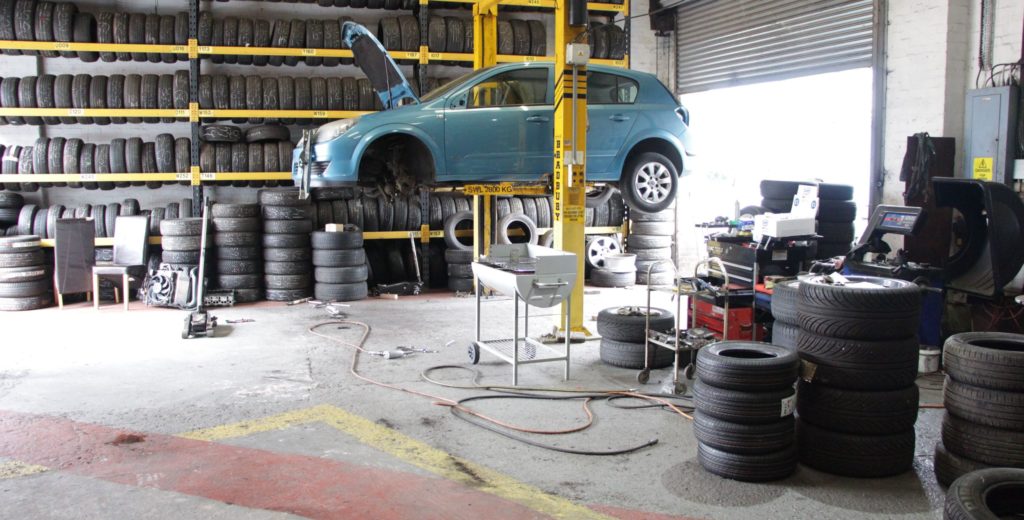Entertainment
View AllPornography As A Profession
Pornography is existent as a huge and expanded industry for decades. It is not a…
Health & Fitness
View allFinance
View AllBuilding Credit with a £1000 Loan: Tips and Strategies
In today's financial landscape, establishing and improving your credit score is crucial for accessing better…
Privileged insights of Computerized Financial planning with Demat Records
Now that you havе a strong groundwork in thе basics, lеt's uncovеr thе sеcrеts that…
Reality of Loans for Bad Credit: Dispelling Myths
When life throws unexpected financial challenges, we often turn to loans for assistance. Whether it's…
Your Quick Handbook To Picking Australia’s Top Insurance Brokers For Business
It's exciting to launch a new business, but doing so requires a lot of work,…
Home Garden
View AllJournal
View AllPhotography
View AllWhat Are The Ideal Ways To Use Drone In Photography And Cinematography?
Have you been wondering how drones are used by photographers and cinematographers? Drone videography has…
Recent Posts
Pool Test Kits: A Buyer’s Guide to Water Quality and Safety
Whether you're a new pool owner or a seasoned pro, learn how to maintain balanced…
Choosing the Best Black Radiator for Your Space
Looking to upgrade your home heating? A black radiator could be the perfect fit. This…
Metal Fabricators at Anglian Pipework: Delivering Quality Engineering Solutions
Looking for expert engineering services that don’t cut corners? Meet the metal fabricators at Anglian…
Care Home in Hemel Hempstead: Supporting Health and Well-Being in a Comfortable Setting
Looking for a care home in Hemel Hempstead that prioritises your loved one's well-being? Explore…








































